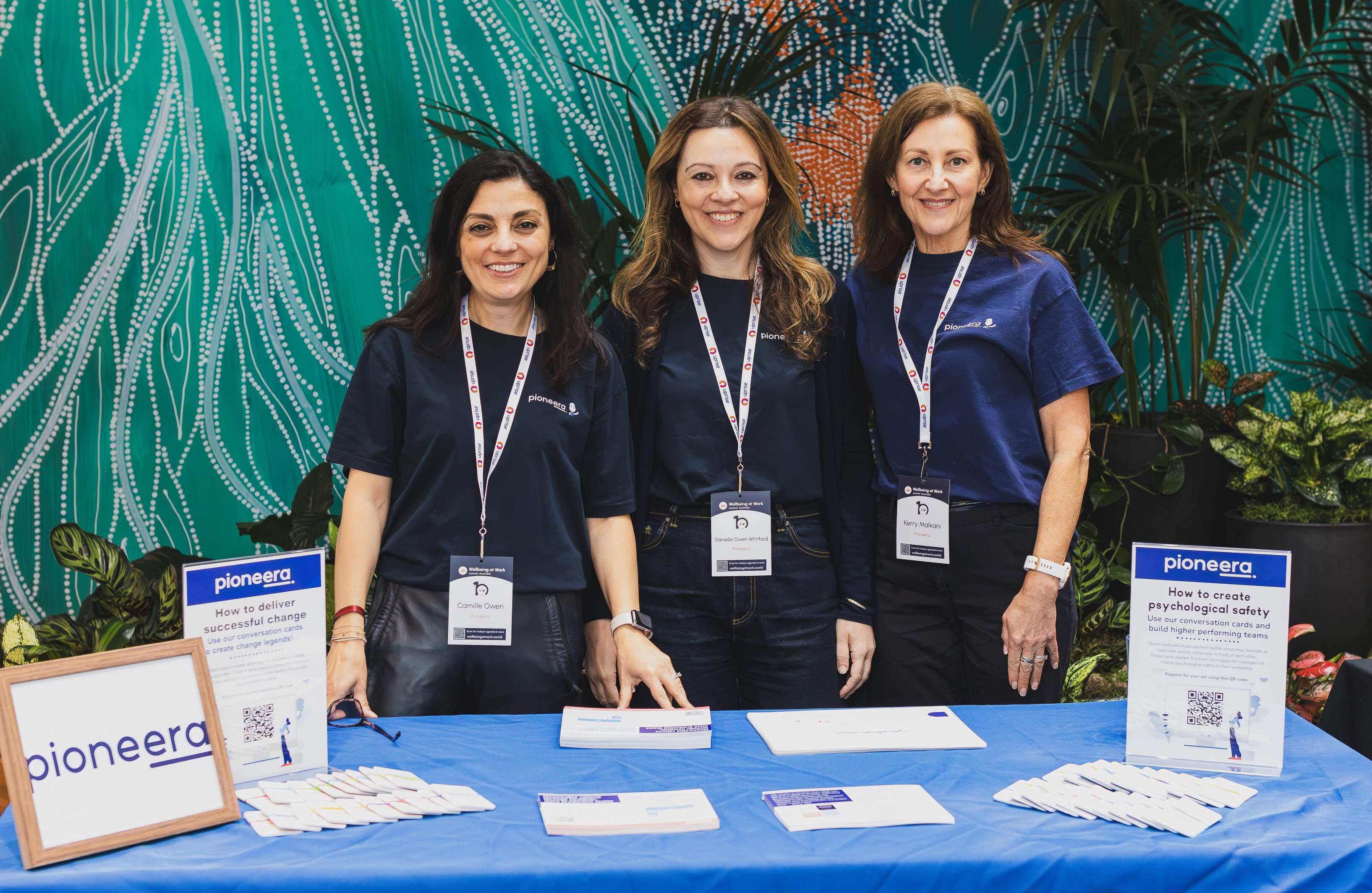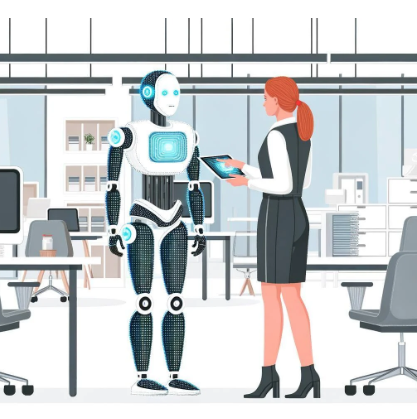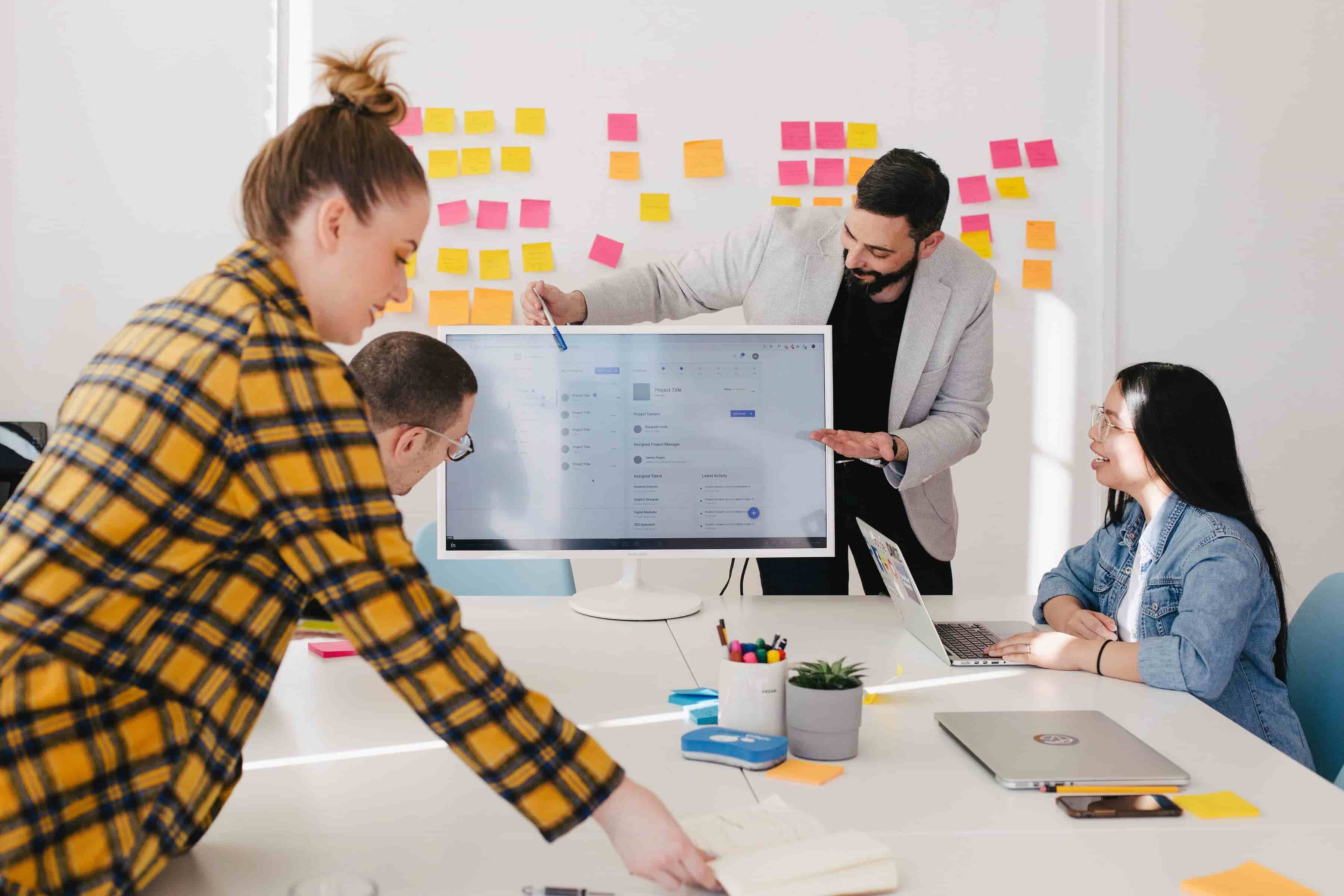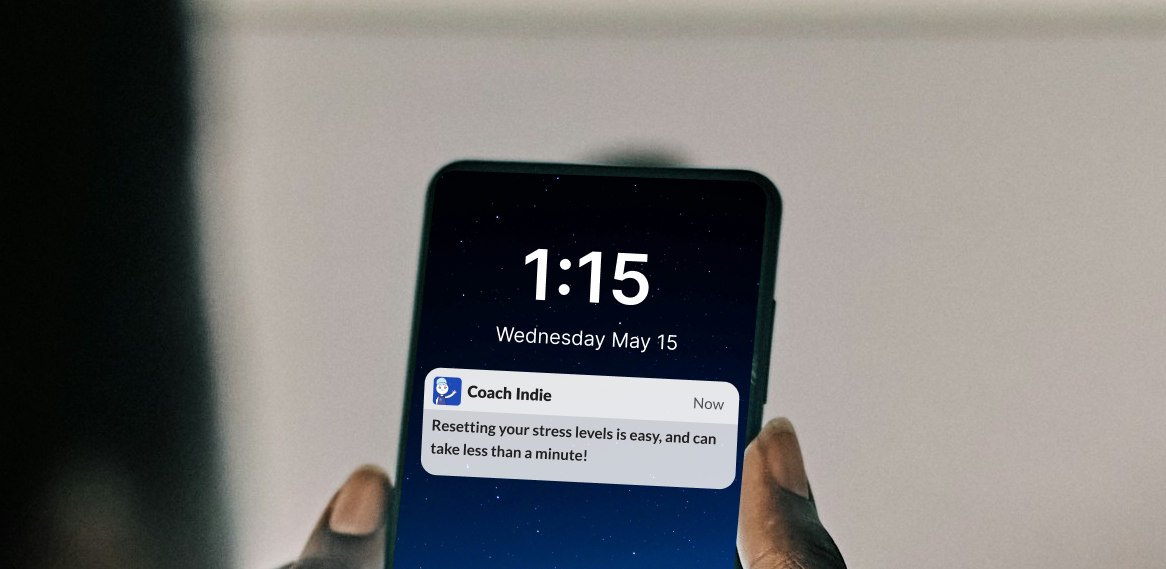We were thrilled to sit down with Dr. Michelle McQuaid to discuss “Leading for Wellness and Performance”.
Michelle is a prominent figure in the field of workplace well-being in Australia. With over 15 years of experience in various roles within small, medium, and large companies, she developed a keen interest in understanding how individuals can bring out the best in themselves and their colleagues in a work setting. This curiosity led her to delve into the science of positive psychology, which focuses on human thriving.
Michelle founded her organisation 12 years ago, dedicated to furthering the research, practice, and application of positive psychology in workplaces. Her ongoing mission is to discover small, everyday ways to integrate these principles into professional settings to enhance well-being, performance, and productivity.
In this conversation with our Founder and CEO, Danielle Owen Whitford, Michelle addressed topics such as:
- The role of leaders in creating a supportive work environment
- The challenges leaders face in a rapidly changing world
- The distinction between psychosocial safety and psychological safety
- The importance of psychological safety in fostering open and honest communication
- Insights into how HR professionals can support leaders in creating psychosocial and psychological safety at work,
- The need for individual introspection and systemic changes and,
- Practical advice for leaders experiencing burnout.
You can find a list of all the references and resources mentioned in the interview at the bottom of this article.
Watch the full interview here or read the key takeaways below:
Q1 - The Critical Role of Leaders in Workplace Well-being:
We discussed the significance of leaders in shaping organisational environments and their fundamental responsibility to create a workplace atmosphere that propels teams toward achieving shared goals. This concept emphasises the leader's role in influencing the corporate culture and sets the stage for employee performance and well-being.
We highlighted the ongoing debate surrounding an optimal work environment: one dominated by fear and anxiety or one characterised by support and positivity. Michelle argues the latter tends to yield better results, which aligns with the growing field of positive psychology.
Leaders must continually seek the balance between supporting and introducing healthy stressors to facilitate growth and innovation. This balance is fluid and needs regular calibration as workplace contexts evolve.
Q2 - Navigating New Workplace Challenges:
This question and answer shed light on the rapid transformation of today's workplaces, catalysed by technological advancements, globalisation, and shifting paradigms. Michelle’s reference to McKinsey and Accenture's research (linked below) underscores the magnitude of this change, suggesting that long-term planning is no longer feasible due to the breakneck speed of transformations.
The constant change leaves leaders in a constant state of adaptation. We emphasised that leaders must be agile, innovative, and capable of swift pivoting, which speaks to the necessity of evolving leadership skills in response to the dynamic environment. As the nature of work changes, so must leadership approaches, making these insights a timely call to action for leaders to remain adaptable and forward-thinking.
Q3 - Psychosocial Safety vs. Psychological Safety:
Understanding the difference between psychosocial safety and psychological safety is crucial.
Psychosocial safety is about how we feel emotionally and socially at work. It covers ensuring we're not mistreated or struggling with significant changes. Michelle's research shows that creating an environment where people can openly talk about what's happening (that's psychological safety) helps reduce work-related emotional and social risks.
The discussion raised the example of Netflix’s culture code (linked below), where they encourage talking directly to each other instead of gossiping. This code illustrates how feeling safe to speak up can lead to healthier communication and fewer emotional and social problems. The key is not just being able to have difficult conversations but believing that these conversations will be appreciated and acknowledged.
Q4 - Fostering Workplace Safety: An Everybody Job:
Creating a culture of psychological safety is an "everybody job" and is a foundational concept in promoting well-being.
The discussion emphasised that it begins with individuals feeling secure enough to converse openly with colleagues. This concept underscores the idea that well-being and psychological safety are not imposed top-down but are cultivated bottom-up through individual actions and attitudes.
Michelle called for HR departments to play a pivotal role in shaping organisational culture, highlighting the critical function of HR in supporting these initiatives. By framing psychological safety as a collective responsibility, she invited organisations to foster environments where open and transparent discussions are welcomed and celebrated.
Q5 - HR's Role in Safeguarding Well-being:
Equipping leaders with self-compassion skills is an essential aspect of emotional intelligence. This skill empowers leaders to operate from a place of understanding and self-assurance, reducing the pressure to have all the answers or appear infallible.
Michelle mentioned that her website's "safety check chat" tool (linked below) offers a practical framework for teams to engage in constructive dialogue. Teams can navigate difficulties together by focusing on what's working well, normalising challenges, emphasising learning, and promoting continuous adjustment. The practicality of this tool and its alignment with fostering psychological safety highlights HR's role in facilitating these essential conversations.
Q6 - Tips for Managing Burnout
Burnout is not solely an individual issue but a systemic one within the workplace. Michelle likened burnout to a seesaw, with job demands on one end and job resources on the other.
When demands outweigh resources for extended periods, burnout becomes a risk. Leaders need to assess the balance and, if necessary, take urgent action. An action might involve conversing with higher-ups about resetting priorities and expectations. If no one is above, leaders can reassess their priorities and capacities, determining what they can say yes to, put on hold, or outsource.
Q7 - The Intersection of Well-being and Productivity
The interview clarified the common misconception regarding productivity, emphasising that it's not about working longer hours but understanding our natural rhythms.
Michelle introduced the audience to the concept of ultradian rhythms (linked below), which influence our energy levels throughout the day. Acknowledging these rhythms can lead to optimised productivity. She suggested strategic work arrangements, like focused work during energy peaks and collaboration during mid-morning. Regular breaks are also crucial, as studies suggest they improve energy, focus and encourage positive productivity.
Q8 - Technology and Workplace Well-being:
The role of technology is increasing in shaping workplace well-being, with many workplaces utilising technology to create positive habits.
For instance:
- Calendaring systems can be configured to limit meeting durations, ensuring transition time between engagements
- Using apps or timers to prompt movement every 90 minutes enhances physical well-being and productivity.
Moreover, technology enables the establishment of social rituals, fostering team connections even in virtual environments.
We anticipate that technological advancements, such as AI tools like Chat GPT, may help alleviate time constraints, potentially revolutionising how to accomplish tasks.
Q9 - The Art of Saying No:
An audience question: How do I say no? Without feeling guilty?
Try reframing saying no as an act of kindness, challenging the common perception of it as a form of letting someone down. We advocate a mindset shift towards recognising that saying no can benefit both parties.
Michelle and Danielle encouraged directness in refusal, suggesting that "no" can be a complete sentence. Additionally, Michelle offered gentle ways to elaborate on the rejection, emphasising the need for personal well-being and optimising resource allocation.
Q10 - Coping Between Meetings:
An audience question: How do I manage stress and prevent emotional outbursts between meetings?
We advise a shift from judgment to compassion, viewing colleagues who may be frustrated as individuals facing their own struggles.
Michelle recommended a somatic exercise involving placing one hand over the opposite wrist while engaging in slow, calm breathing for approximately seven seconds. This technique aims to trigger the release of oxytocin, the body's calming hormone, thereby reducing stress-related cortisol levels. By shifting from judgment to compassion and employing this simple technique, individuals can navigate these moments with more significant emotional balance and effectiveness.
These practical tips for managing burnout, understanding productivity, and using technology wisely are gems for today's leaders. The insights on setting boundaries and calming exercises for stressful moments offer valuable tools for well-being.
This conversation is a must-watch for anyone looking to lead with well-being and performance in mind.
Take advantage of the wealth of resources mentioned below, and thank you, Dr. Michelle McQuaid, for sharing your invaluable expertise with us!
List of references and resources to explore:
- Harvard business review report about taking breaks
- Mckinsey & Accenture research into the future of work
- Netflix’s cultural code
- About the Ultradian rhythm
- Psychosocial Safety Regulations in Australia
- The Well-being Blueprint by Michelle McQuaid
- Workplace well-being cheat sheet
- Conversation cards about Psychological Safety
- Technology to improve productivity and well-being: Indie by Pioneera
Stay in touch with us on Linkedin:
.png)






